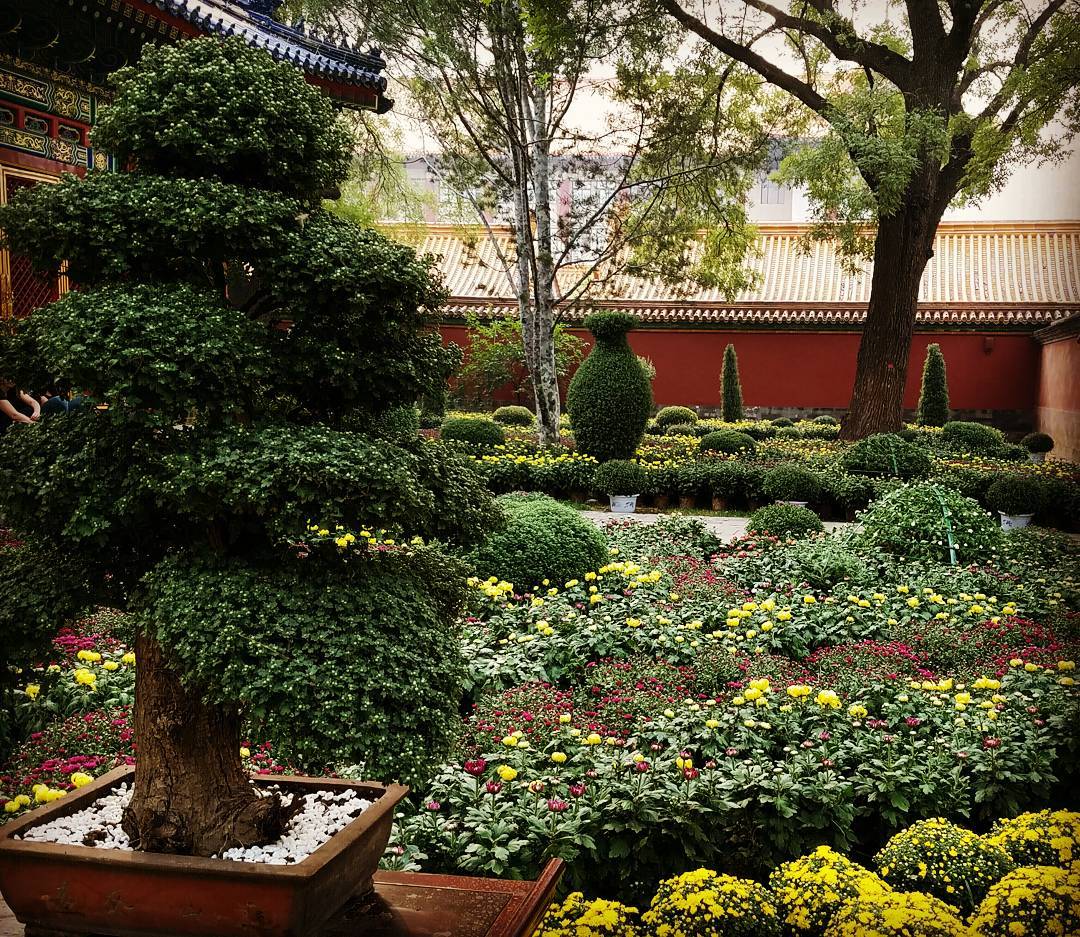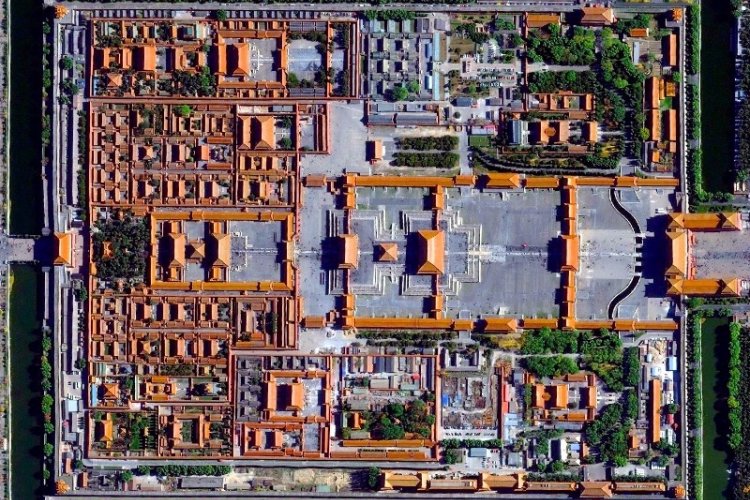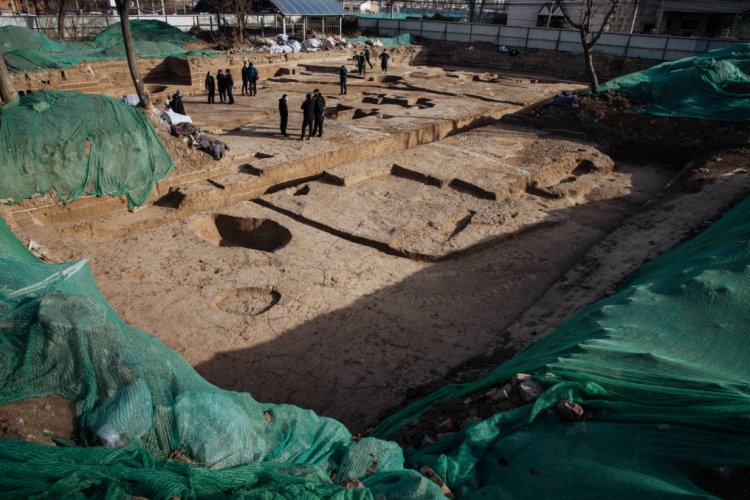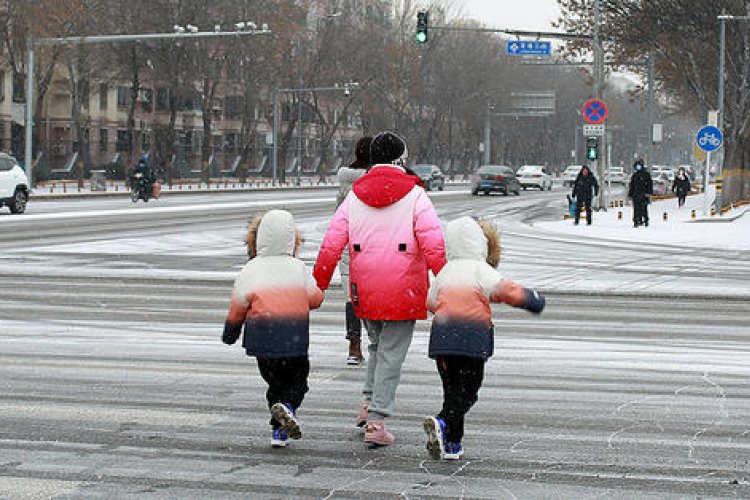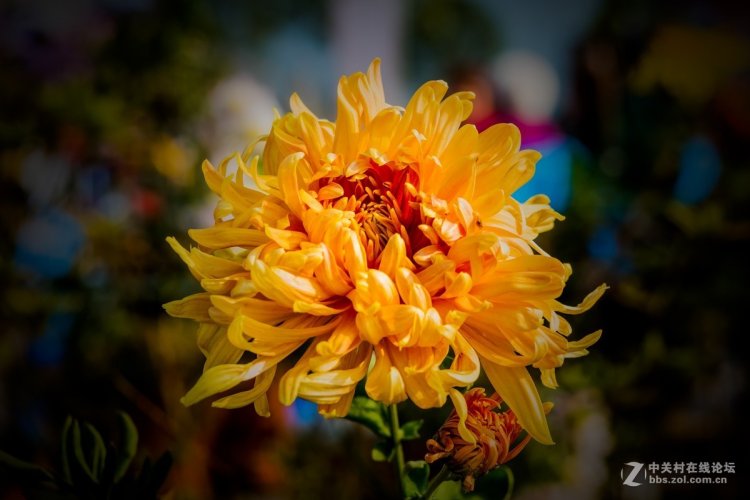Modern Structures to be Demolished, New Areas Opened to the Public at the Forbidden City
The Forbidden City is home to some of Beijing’s oldest and best preserved imperial architecture, but it also features some god awful structures of more recent vintage.
Those modern buildings, many hastily constructed in the 20th century to provide museum staff offices, souvenir and snack stalls, and storage will be torn down by the end of 2017, Palace staff announced last week.
"People want to see the ancient buildings, the history, not the modern shops. And so we are tearing down all of those that do not belong here," said Shan Jixiang, director of Palace Museum, told CCTV News.
The palace also announced earlier this year that by the end of this year, 76 percent of the museum’s 720-square-kilometers 72 72 hectacres/180 acres will be open to the public, including new areas in the western and eastern palaces designed to provide alternatives for visitors who previously crowded the central axis of the historical sight.
Just last week, a corridor was opened that runs between the Hall of Martial Valor, which currently houses the palace’s painting and calligraphy collection, and the The Palace of Longevity and Health and Garden of Benevolence and Tranquility, once home to the 18th-century Empress Dowager Chongqing, mother of the Qianlong Emperor. Both the Palace and Garden were renovated and re-opened at the end of 2015.
The new corridor, located on the western edge of the Forbidden City, also includes the Broken Rainbow Bridge and a grove pagoda trees, some over 600 years old.
Other areas, including the residences of the crown princes – complete with royal toy collection – are slated to open soon.
The renovations and openings are part of a project to have all administrative facilities removed and 80 percent of the imperial palace grounds open to the public by 2020.
RELATED: 6 Hacks for Visiting (and Actually Enjoying) the Forbidden City
Those wishing to get the best of the palace museum collection but not willing to brave the Forbidden City crowds, can take advantage of a new exhibition at the Capital Museum which features artifacts and arts from the Hall of Mental Cultivation, which served as the primary residence of many of the Qing Dynasty emperors at the Forbidden City. The exhibit runs until February 26.
Jeremiah Jenne is a writer, educator, and historian based in Beijing since 2002. He leads educational walks and tours for The Hutong and blogs about Chinese history at the site Jottings from the Granite Studio.
Photo: Jeremiah Jenne
Related stories :
Comments
New comments are displayed first.Comments
![]() admin
Submitted by Guest on Tue, 10/18/2016 - 08:27 Permalink
admin
Submitted by Guest on Tue, 10/18/2016 - 08:27 Permalink
Re: Modern Structures to be Demolished, New Areas Opened to...
Which makes it about 1.6x the size of the Vatican
![]() admin
Submitted by Guest on Tue, 10/18/2016 - 08:22 Permalink
admin
Submitted by Guest on Tue, 10/18/2016 - 08:22 Permalink
Re: Modern Structures to be Demolished, New Areas Opened to...
Using my crude baidu maps measurements i get roughly 742m x 973m = 721,966 square meters, not counting moat or the parks in front
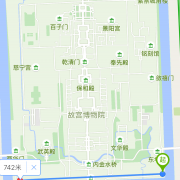
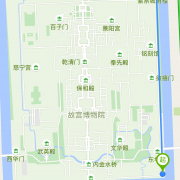
![]() Jeremiah Jenne
Submitted by Guest on Tue, 10/18/2016 - 06:49 Permalink
Jeremiah Jenne
Submitted by Guest on Tue, 10/18/2016 - 06:49 Permalink
Re: Modern Structures to be Demolished, New Areas Opened to...
I guarentee you're right. In my defense, I became a historian under the impression I would never again ever have to do math...
![]() Jeremiah Jenne
Submitted by Guest on Tue, 10/18/2016 - 06:48 Permalink
Jeremiah Jenne
Submitted by Guest on Tue, 10/18/2016 - 06:48 Permalink
Re: Modern Structures to be Demolished, New Areas Opened to...
It's a photo of the garden at Cining Gong, one of the areas which opened at the end of 2015 and is now connected to the Hall of Martial Valor by the new path opened at the beginning of October.
![]() Candy1988
Submitted by Guest on Mon, 10/17/2016 - 23:15 Permalink
Candy1988
Submitted by Guest on Mon, 10/17/2016 - 23:15 Permalink
Re: Modern Structures to be Demolished, New Areas Opened to...
Is that really a picture taken in the Forbidden City?
I think it looks like Jingshan Park or the Working People's Cultural Palace.
Validate your mobile phone number to post comments.

